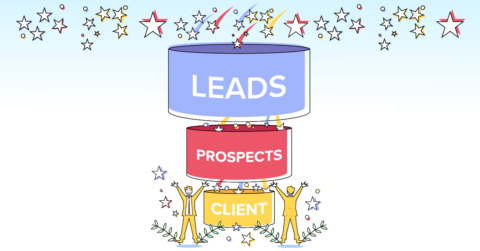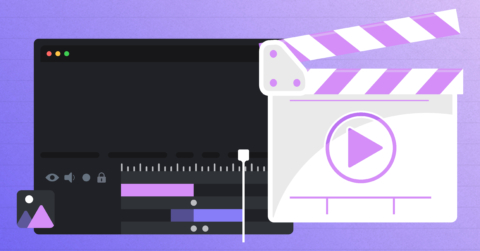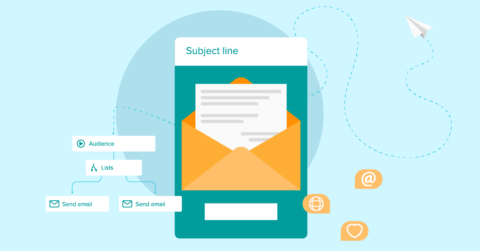
Building An Effective Website: Three Action Steps
01/20/22
Digital Marketing
An effective website is a must for most organizations. It’s often the main contact point much of your audience has with you and is a great chance to look professional. We cover this in depth in our ultimate guide to website design.
So here’s the question: what are the main action steps you should take now before making one?
Read on to hear our take.
Why An Effective Website Is So Important
Let’s first discuss three reasons why an effective website is a game-changer for your organization. After that we’ll dive into three action steps you might think about when getting started.
1) Gives your company more authority
It’s 2022. The fact is, nobody takes a company or nonprofit seriously if it has a poorly designed website. If you take the time to design an effective website your audience will love, though, it will make you look more authoritative. People will then be more inclined to browse your content, read your sales page, and even recommend it to others.
2) Improves your user experience
An effective website isn’t just about your company goals – it’s about your users. With effective website design, you are making the experience of your website visitor more enjoyable. And as we we talked about in our post on user experience, this is essential!
3) Makes it easier to expand to other platforms
The better your website gets, the more traffic you will drive to it. This makes it a kind of central hub to any other marketing activities you might start. Want to build up your social media profile? Looking to guest post on other industry leading websites? Thinking about getting started with influencer marketing?
An effective website is almost always the first step.
Three Action Steps For An Effective Website
Let’s now dive into our three main action steps. Take care of these before getting started with designing your website, you will be setting yourself up for success.
1) Get to know your audience
What does your audience like? Is there a specific kind of website that they frequent? What is the content they consume, and what are their overall online habits? Answer these questions and then structure your website around them. It does you no good to build a website that you love if it’s not in line with what your audience wants.
Thankfully these are answers you can get with analytics. Using a tool like Google Analytics, for example, can give a ton of insight that you can use towards making a website that truly matches what your audience wants.
Still, that might be too complicated for many organizations. In that case, simply asking your audience what they want can work wonders. Sent out a survey to your email list months before you start planning your website update. The answers you receive should drive your overall plan.
2) Study the websites of your competitors
The success stories of your industry likely have structured their website the way it is for a reason: it works. Simply spending time studying what your competitors have done can give you the road map you need in making a website your audience will love. That’s because they likely serve the same people (or same demographic) that you do.
What is their website’s color scheme? How much text do they have throughout their pages? What images do they choose to use, and what are the value statements they employ to communicate with site visitors?
You shouldn’t copy them, of course. Not only can this run you into legal trouble, but likely your organization is different enough to warrant multiple changes. Still, this process can be a major source of inspiration.
3) Think about your main goal
Your website is arguably your most important asset. It’s often where people will interact with your organization for the first time. It’s where you will house your products and content, and will often serve as a starting point in developing a long-term relationship with your audience.
But it’s important to zero in on the one thing that you want your website to do exceptionally well. Even with the multiple roles your website will play, you need to design it around one clear goal. Often that’s getting people to sign up for your email newsletter. Sometimes it’s driving them to your product page. Regardless, think about what your main goal is…and go from there!
…
Are you an enterprise, nonprofit or small business looking for help on your website? Give us a shout! We provide a free consultation. Email us at info@lughstudio.com or call us at (718) 855-1919!









